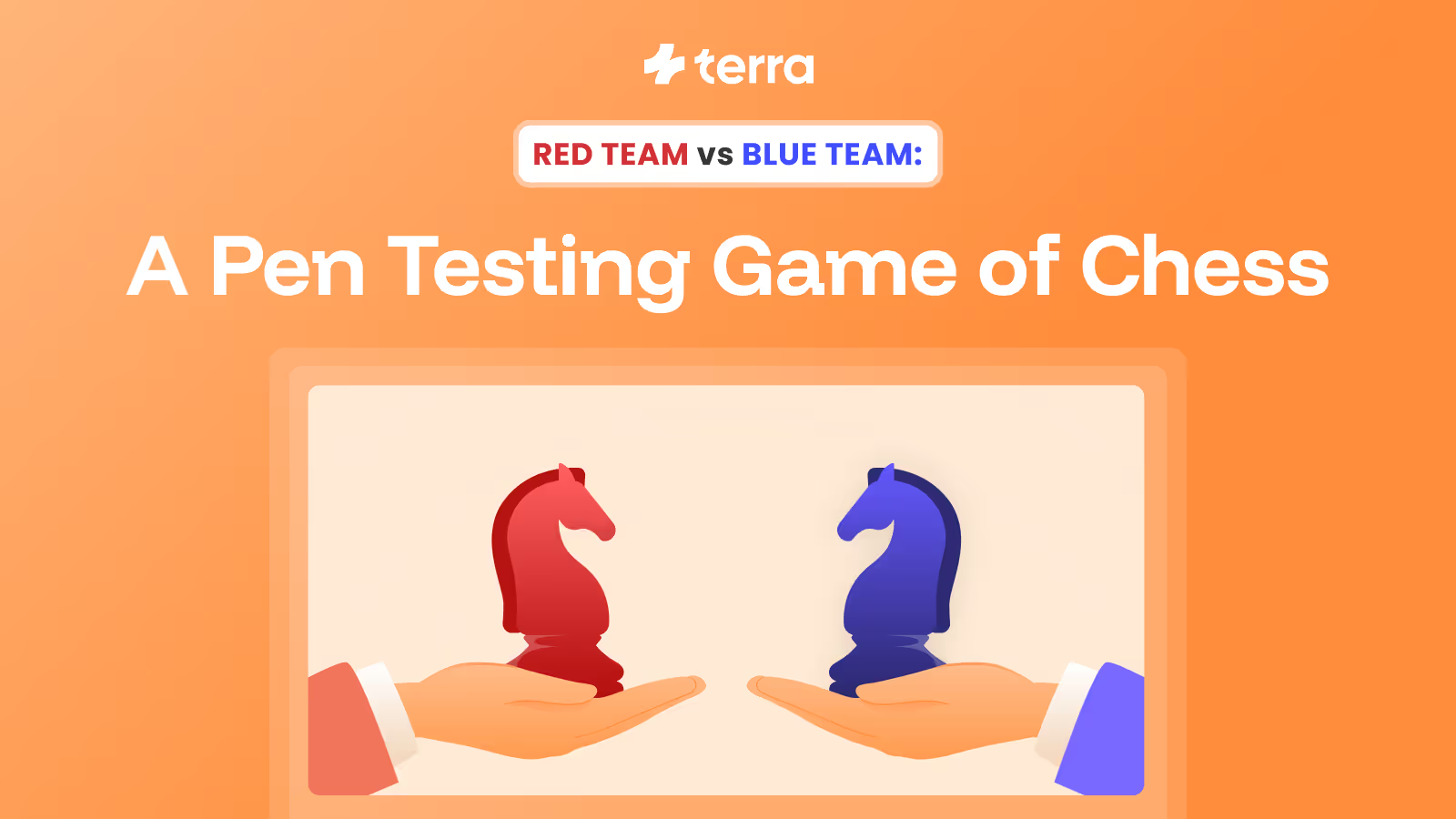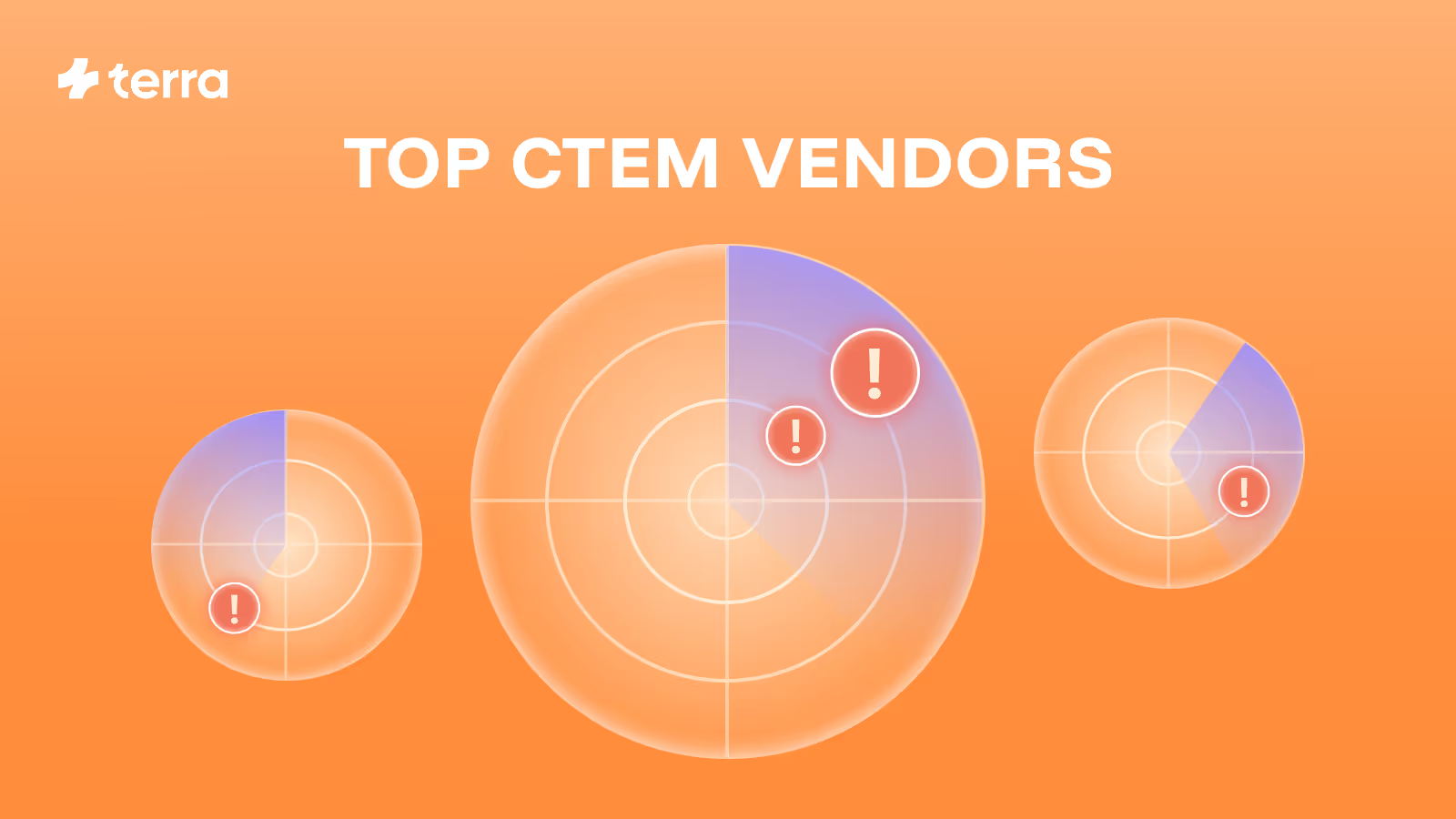Back
Red Team vs Blue Team: A Pen Testing Game of Chess

Simulated conflict between attackers and defenders may sound effective in theory, but most security leaders know the reality is far messier. The classic red vs. blue model hasn’t scaled with dynamic web environments and complex attack chains.
77% of web application breaches involved credential misuse or business logic flaws, vulnerabilities that traditional red team exercises routinely miss. Compounding this, vulnerability exploitation as a breach vector has surged 180% since 2023, driven by automation, cloud complexity, and faster software delivery cycles.
If the legacy red/blue paradigm ever worked, it doesn’t now, especially for organizations juggling dozens of fast-changing web assets without dedicated offensive teams. To make it relevant, you must return to its core purpose: simulating real attackers against real defences. That begins with understanding each side of the board and why traditional approaches fall short.
What Is a Red Team?
A red team is the offensive cybersecurity counterpart to defensive operations. It is comprised of ethical hackers who emulate real-world attackers. They aim to identify vulnerabilities and test an organisation’s ability to detect, respond to, and survive a breach.
While traditional vulnerability scans are checklist-driven and largely reactive, effective red teams follow no scripts. They think laterally, pivot across systems, and chain low-risk misconfigurations into high-impact breaches. Red team tactics often include the following and more (depending on the scope):
- Reconnaissance via OSINT and infrastructure mapping
- Spear phishing and social engineering
- Exploiting weak access control and token reuse
- Lateral movement across domains and cloud assets
- Abusing app logic to bypass controls or elevate privileges
An effective red team maps the complete attack narrative: how an adversary moved from an initial foothold to critical assets, what they accessed along the way, and where detection broke down. That context allows security leaders to prioritise investments, tune detection logic, and design realistic response exercises.
However, very few organisations have the scale to staff a dedicated in-house red team. Most depend on external engagements, often time-boxed snapshots under controlled conditions. The result is a test of defences in theory, not the messy, evolving reality of a live web environment.

What Is a Blue Team?
The blue team is the counterpart: the defensive group charged with detecting, responding to, and recovering from attacks. Their scope spans everything from hardening systems and managing threat intelligence to tuning detections and leading incident response.
Blue team tools and tactics include the following and more:
- SIEMs and log analysis platforms
- EDR/XDR tools for endpoint visibility
- Threat detection engineering
- Incident response workflows and forensics
- Patch management and risk scoring
Their core mission is to detect attacks as they happen, contain them quickly to limit impact, and implement changes that prevent recurrence. However, blue teams work under significant pressure in practice: limited resources, relentless alert volumes, and minimal visibility into the business logic driving the applications or enviroments they protect.
To make matters worse, red team findings typically land as a static red team or pen testing report template without visibility into attacker paths or intent. That disconnect leaves defenders reacting to individual vulnerabilities instead of building a proactive, intelligence-driven defence.
Red Team vs Blue Team in Cybersecurity: How They Work Together
The red vs. blue framework is adversarial by design. When used effectively, it’s a continuous feedback loop: the red team exposes gaps, the blue team focuses on detection and vulnerability remediation, and together, they advance the organization’s resilience. The goal is to improve the speed, accuracy, and quality of your response to attacks.
In mature security programs, this dynamic takes the shape of purple teaming: a structured, collaborative exercise where offensive operators share tactics as they go and defenders actively tune detections in parallel. This approach is efficient at surfacing blind spots but also resource-intensive, highly manual, and challenging to scale across multiple web applications or business units.
Agentic AI has the potential to change the manual red teaming model. Terra’s platform, for example, replicates the adaptive reasoning and business‑logic awareness of skilled red teamers in an autonomous system. It is transforming what has historically been a manual, point‑in‑time process into a continuous, scalable capability that feeds attacker‑grade insights directly into defensive workflows.
That scalability gap is even more acute because most enterprises don’t have dedicated red and blue teams. Security leaders rely on external firms for red team assessments and manage detection internally or via MSSPs. This creates a split model where findings are siloed, attacker paths rarely inform detection logic, and critical insights get lost in static PDFs. This is the operational gap that agentic AI platforms can close.

Why Red vs Blue Is a Pen Testing Game of Chess
Pen testing has become ritualised in most enterprises. Vendors scope engagements to predictable playbooks and a fraction of the attack surface, map findings to compliance matrices, and deliver reports written for auditors instead of operators. The process is controlled and repeatable, which is precisely why it fails: it measures how well the exercise is performed, not how the organisation will withstand an intrusion.
Real attackers operate on a different axis and move at the pace of your deployments. They adapt their real-time tactics, exploit brittle business logic no scanner can model, and chain minor weaknesses into privilege escalation paths that cut across APIs, microservices, and cloud boundaries. Not to mention the rising use of Dark LLMs that enable them to continuously attack faster and in more complex ways than ever before. The traditional red/blue paradigm breaks because it enforces a static model on a dynamic problem. In short:
- It follows fixed rules while attackers adapt. Scope and rules of engagement bind red team exercises; real adversaries change tactics as they learn your environment. Testing has to be just as dynamic.
- It audits settings instead of attack paths. Most tests validate patch levels and configuration hygiene. Actual breaches exploit how the environment is architected or how the application works: abusing refund flows, manipulating session handling, or bypassing authorisation logic.
- It captures a moment in time, not a moving target. A report from Q1 has little relevance to the release shipped in Q3 - especially as development speed grows in a pace we’ve never seen beforeTesting has to evolve at the same speed as the software.
- It treats vulnerabilities in isolation instead of showing impact. Findings are often delivered as single issues, while real attackers chain them. For example, weak access control, token reuse, and poor logging can become a full critical attack.
- It misses the flaws unique to your business. The highest‑impact vulnerabilities aren’t necessarily in the OWASP Top 10. They live in custom workflows and business logic: a loyalty program that can be gamed, a billing process that attackers can bypass, or an eBay dropshipping integration that assumes too much trust.
This gap is operational for organizations running dozens of constantly changing web assets. The old chessboard doesn’t reflect the game being played. So what can security leaders do to fix this?
How to Modernize Red vs Blue Teaming for Web Applications
Modernizing your testing program requires a clear strategy if you don’t have dedicated red or blue teams. Here’s how you can implement high-impact approaches that scale:
1. Research Your Vendor’s Testing Methodology and Technology
Hiring third-party penetration testing as a service (PTaaS) providers often results in surface-level, checkbox-driven audits. Partner with vendors who begin by understanding your business logic, user flows, and industry-specific threat landscape. A meaningful pen test should start with context, and your vendor must be able to tailor attack strategies to your risk profile.

2. Make Red Teaming Continuous
Red teaming should be persistent, not project-based. Instead of treating it as a Q1 engagement, build a program that continuously simulates attacker behavior. This doesn’t mean staffing a full-time red team; it could just mean deploying tools or services that evolve with your applications and environments while using a change-based testing approach.
Terra’s agentic AI platform provides continuous testing that adapts in real-time to your app and environment. Its AI-driven testers chain vulnerabilities and probe business logic like a skilled human red team. The result is a live model of how an attacker would move through your environment or web application as it exists today.
3. Demand Findings That Reflect Attacker Priorities
Avoid tools that overwhelm your teams with hundreds of low-severity issues. Instead, choose platforms that mimic attacker logic and chain findings across workflows. Terra’s reporting, for instance, ranks findings based on exploitability and business impact, not just CVSS score. This ensures security and engineering teams focus on the flaws most likely to be abused and those with the highest business impact.

4. Make Business Logic Testable
Logic flaws are the hardest to find because they’re context-specific. If you don’t have internal red teamers who understand your flows, you need a platform or partner that does. Whether through AI agent security or analyst-driven modeling, testing must evaluate how your app or environment behaves. Effective testing requires modelling trust boundaries, edge cases, and user behaviour patterns where expected flows become exploitable paths.
To make that actionable at scale, the testing process needs a feedback loop with your SDLC and product, capturing evolving user flows and edge cases before they’re pushed live.
5. Automate the Red-Blue Feedback Loop
In the absence of full purple teaming, simulate one. Use platforms that surface actionable red team insights directly into blue team workflows. They should offer real-time context into what was exploited, how it was detected (or missed), and what to fix. The more you can automate this loop, the closer your detection and response programs reach maturity.
Platforms should close the manual handoff gap by streaming attacker-grade insights directly into detection engineering and response pipelines.
The Endgame Isn’t Red or Blue
Traditional red and blue teaming was built for static, periodic threats. Modern attackers adapt to live logic, deployment cadence, and weak trust boundaries. Terra bridges that gap by bringing continuous, real-world attack simulation into your live environment.
Terra’s agentic AI platform simulates how real adversaries think, move, and adapt. The platform maps your entire attack surface across all your web apps, automatically updating testing strategies based on your business logic and ongoing changes, and filtering out noise to deliver only high-quality, business-critical findings.
Each issue includes detailed reproduction steps, risk-ranked context, and remediation tailored to your unique environment. Human-in-the-loop oversight ensures safe procedures and expert-validated results, while compliance-ready reporting helps security leaders align with regulatory mandates.
Transform offensive security into a proactive and scalable function that gives your security team decision-ready insight. Book a demo here.
Continue reading
Be the first to experience the future of security.
Secure your spot by leaving your email











